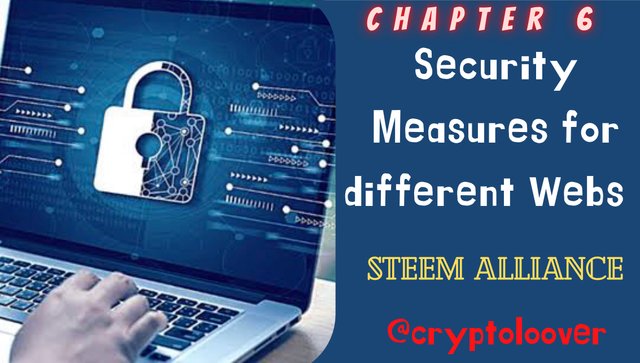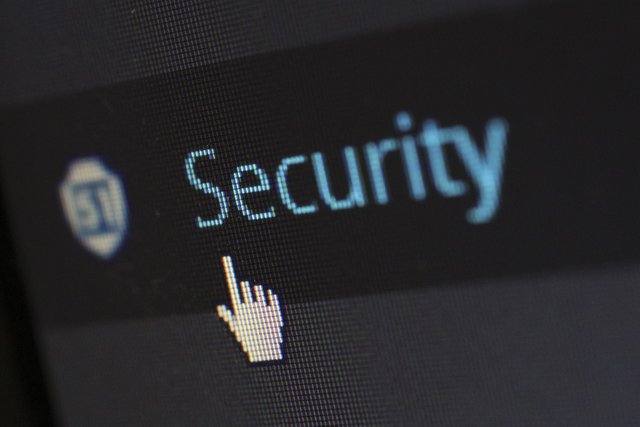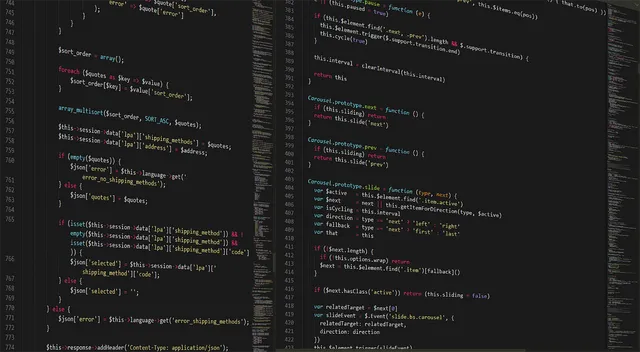Assalam-o-Alaikum |
|---|
Hello everyone I hope you are all ok and enjoy the good life by the grace of Allah Almighty I am here for the discussion of chapter 6 which is related to the Security Measures for different Web Threats before this we have already discussed its 5 chapters so here we start;

Security Measures for Web Threats |
|---|
Web threats are referred to the any exploits vulnerability which attempts in the application and website system here we discussed some basic security measures for different web threats there are many security measures can be taken so let's see the below;
XSS attacks are a type of injection attack that allows attackers to inject malicious scripts into a website, which can then be executed by other users who visit the site. To protect against XSS attacks, it is important to properly validate and encode user input before it is displayed on a web page. This can be done by using input validation libraries or by performing manual input validation checks. Additionally, websites can use a Content Security Policy (CSP) to specify which types of scripts are allowed to run on the site.
CSRF attacks are a type of attack that allow an attacker to trick a user into sending a malicious request to a website, which can then be executed by the website as if it came from the user. To protect against CSRF attacks, it is important to use anti-CSRF tokens, which are unique, per-session tokens that are included in the form data and checked by the server before processing a form submission.

SQL injection is a type of attack that allows an attacker to inject malicious SQL code into a web application, which can then be executed by the underlying database management system. To protect against SQL injection, it is important to use prepared statements or stored procedures when querying the database, and to properly validate and encode user input before using it in a SQL query. Additionally, it is important to use parameterized queries instead of concatenating user input into SQL strings.
Phishing is a type of attack that uses fake emails or websites to trick users into entering their personal information, such as passwords or credit card numbers. To protect against phishing, it is important to be cautious when entering personal information online, and to verify the authenticity of emails and websites before entering any sensitive information. Additionally, it is important to use strong, unique passwords for all online accounts, and to enable two-factor authentication whenever possible.

DDoS attacks are a type of attack that overload a website or network with traffic in order to make it unavailable to users. To protect against DDoS attacks, it is important to use a reputable web hosting provider that offers DDoS protection, and to use a content delivery network (CDN) to distribute the load of a website across multiple servers. Additionally, it is important to have a solid disaster recovery plan in place in case of a DDoS attack.
Conclusion |
|---|
Above security measures, it is also important to regularly monitor and test the security of web applications, websites, and web-based systems. This can include regular security audits, penetration testing, and code reviews. Additionally, it is important to stay informed about new and emerging web threats and to be proactive in addressing any vulnerabilities that are found.
Thank you

We support quality posts anywhere and any tags.
Curated by : @steemdoctor1
Downvoting a post can decrease pending rewards and make it less visible. Common reasons:
Submit